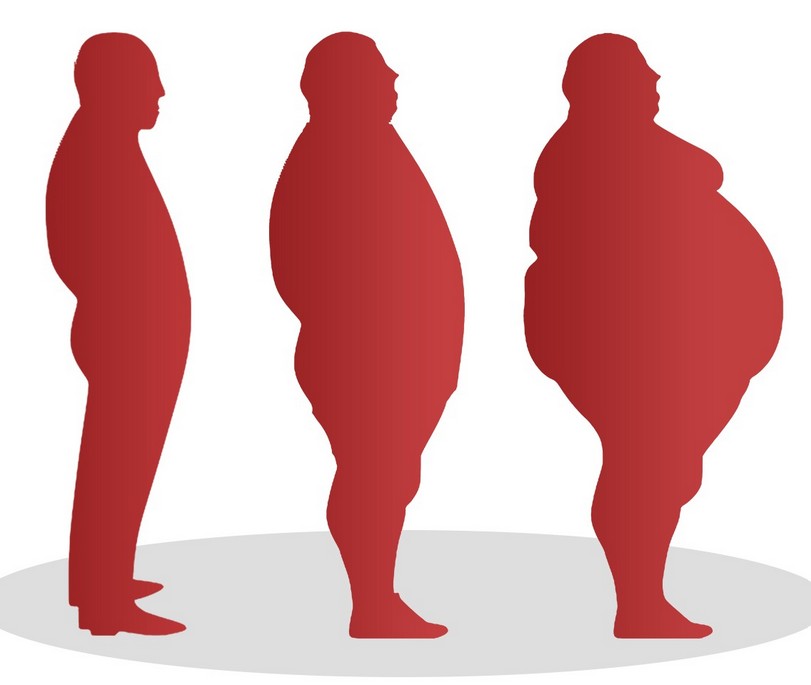Eggs. They grace our breakfasts, brunches, and bakers’ concoctions—and according to a new study, they may quietly safeguard our brains as we age.
In a large, long-running Chicago cohort known as the Rush Memory and Aging Project, researchers followed 1,024 older adults, all free of dementia at the outset. Participants filled out a detailed Harvard-style food frequency questionnaire, including how often they ate whole eggs. The scientists then tracked them for nearly seven years, assessing memory, cognition—and ultimately, digging into the brains of 578 deceased participants to look for hallmark Alzheimer’s pathology during autopsy.
Here’s where it gets impressive: those eating at least one egg a week—whether once or twice—carried approximately half the risk of developing clinical Alzheimer’s dementia compared to peers eating less than one egg monthly. Even more striking: at autopsy, their brains showed significantly fewer amyloid plaques and tau tangles, the tell‑tale signs of Alzheimer’s.
Why might eggs confer this protection? Choline—a nutrient vital for producing acetylcholine (our memory neurotransmitter) and maintaining neural cell membranes. Eggs are America’s #1 source. Mediation analysis suggested that nearly 40 % of the observed benefit stems from higher choline intake. Beyond choline, eggs offer lutein and omega‑3s—nutrients that, while less abundant, still moor brain health.
The story is far from flawless. This is observational research, which always leaves room for reverse causality and confounders—even with extensive statistical adjustments for age, education, genes, physical activity, diet, and health status. The one‑time dietary questionnaire also invites recall bias, and it missed eggs tucked into other foods. Plus, the cohort tended to be older, better educated, and female—a demographic reality that limits how far we can generalize .
Still, the dual confirmation—from clinical diagnosis and neuropathology—is rare and powerful. Capturing both real-world outcomes and the physical signatures of disease strengthens the case that something real is happening.
What should a discerning, research-savvy person like yourself take away?
First, things like eggs—simple, affordable, accessible—can still matter in late‑life brain health. We often imagine brain health interventions as expensive or high‑tech, but dietary tweaks may carry outsized public health potential, especially in underserved communities.
Second, choline is emerging as a nutrient of interest in neuroscience. If this isn’t yet on your radar, it should be—and not just in the context of pregnancy or liver health, where it’s traditionally discussed.
Third, this isn’t “eat eggs and you won’t get Alzheimer’s.” That kind of causation claim overreaches. Nonetheless, when neurology, nutrition, and pathology line up, it’s a signal worth heeding. If randomized controlled trials (RCTs) can replicate these findings, that would move the needle from suggestive to substantive.
Future steps are clear:
-
We need RCTs investigating eggs (or choline supplements) and cognitive decline or brain pathology.
-
Studies exploring dose–response: is two eggs weekly enough, or would four be better—or even worse?
-
Diverse populations—gender, ethnicity, genetic risk (like APOE4), cultural diets—must be included to ensure findings generalize.
-
Interaction effects: do eggs plus exercise or eggs plus sleep hygiene amplify protection? Are thresholds different for at‑risk individuals?
Bottom line: this study reframes eggs not just as protein and flavor, but as vehicles for brain resilience. At a bare minimum, moderate egg intake seems prudent—perhaps one to two eggs weekly doesn’t sound heroic, but these findings suggest even such modest changes may matter.
For the retired engineer, the skeptical researcher: this is real-world nutritional neuroscience—low‑hype, data‑driven, and anchored in pathology. It doesn’t promise cures, but it does deliver a plausible, biologically resonant insight that’s unequalled in simplicity.
So next time you crack an egg, consider this: you’re tapping into choline-rich, brain‑supportive nutrition—something your brain might thank you for decades down the line. Let’s keep watching the literature, and as RCTs roll in, we’ll see if eggs graduate from breakfast staple to cognitive safeguard. Until then, a modest egg habit seems a sensible, low‑risk move.









